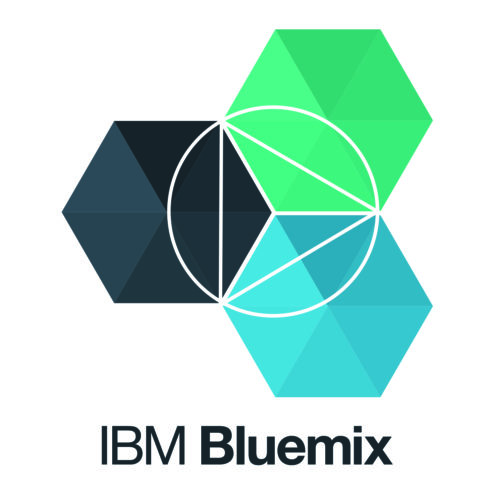Network Gateway & Wzzard™ Edge Node Device Configuration Recipe for IBM
Use the Wzzard Platform to connect to the IBM Internet of Things Foundation. Then you can visualise the data generated by the Wzzard’s connected sensors.
.
Use the Wzzard Platform to connect to the IBM Internet of Things Foundation. Then you can visualise the data generated by the Wzzard’s connected sensors.
.


Get your device ready.
Now you should be able to log in to the gateway from your network using the IP address you entered in step 2.6
Internet of Things Cloud QuickStart connection.
Real-time visualization of device data.
**Note: The MAC address field must be entered in lowercase and not contain colons when in Quickstartmode.
Example, if the device has a MAC address of 00:0A:14:82:BD:C6 change it to 000a1482bdc6
You can sign up and register devices to an Internet of Things Foundation (IoTF) organization by using IBM Bluemix or the IBM Cloud Marketplace. Click here for more information on which option is right for you. Note: To register your devices using IBM Bluemix, you must first create a Bluemix account. Signing up with IBM Bluemix
Signing up with IBM Cloud Marketplace
Install the user module as in Connect (QuickStart) and navigate to the web interface for the IBM message router user module.
1.2 Apply the changes and the module should start sending messages to the IBM portal in registered mode.